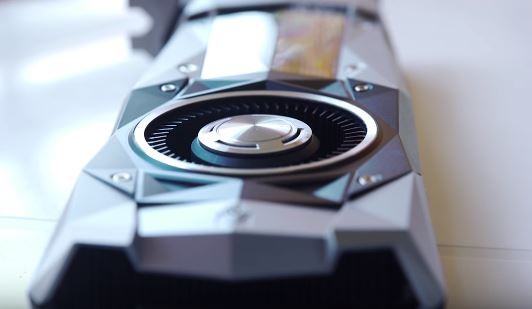NVidia is reportedly working with both desktop-grade GeForce GTX 1080 and GTX 1070 gaming processing units for laptops. This, as the rumor claims, is to avoid the exclusion of laptop gamers and change the earlier trend, where desktops and laptops got different gaming CPUs.
According to PC Gamer, NVidia will no longer produce M versions of desktop graphics cards for laptops. Instead, the new GTX 1080 and GTX 1070 will serve both desktop and laptop users using the same configurations.
The company is supposedly preparing the release of the new 10-series chips for notebooks. These chips will be the same as those used for desktops only that, they will be functioning at lower Thermal Design Power (TDP).
Formerly, NVidia and companies like AMD manufactured separate products for desktops and laptops. But rumors are showing that NVidia is going to use the GTX 1070 and GTX 1080 on laptops, with laptop users expected to get included in future gaming, where games will require higher processing power than the past.
According to GeForce website, GTX 1080 is the most superior gaming graphics card that exists. It possesses unprecedented performance, gaming experiences, superiority, all thanks to Nvidia's Pascal architecture. The company claims it is up to three-time quieter and 30% cooler than earlier designs.
Nvidia GTX 1080 comes with 2560 CUDA cores together with 20 SM units. The 8GB GDDR5X is connected through a 256-bit memory interface, which offers a big step up in bandwidth when compared to GDDR5 standards. Additionally, it gives 43% more bandwidth compared to the GTX980 GPU, while running at a rate of 10Gbps.
Meanwhile, the company has also introduced the GTX 1070 cheaper version, selling at only $370 compared to GTX 1080's $699. The low price does not signify its inferiority as Nvidia claims that it can still beat the $1000 GeForce GTX Titan X in speed.
Although it is offers less advantages than the GTX 1080, it carries a lot of resemblances like preemption, same bandwidth reduction, and memory compression performances. Also, it features the same 64 Render Output units (ROPs), 256-bit memory bus width, and a transistor count of 7.2 billion just like the GTX 1080.
Watch a video review of both the GTX 1080 and 1070:



























